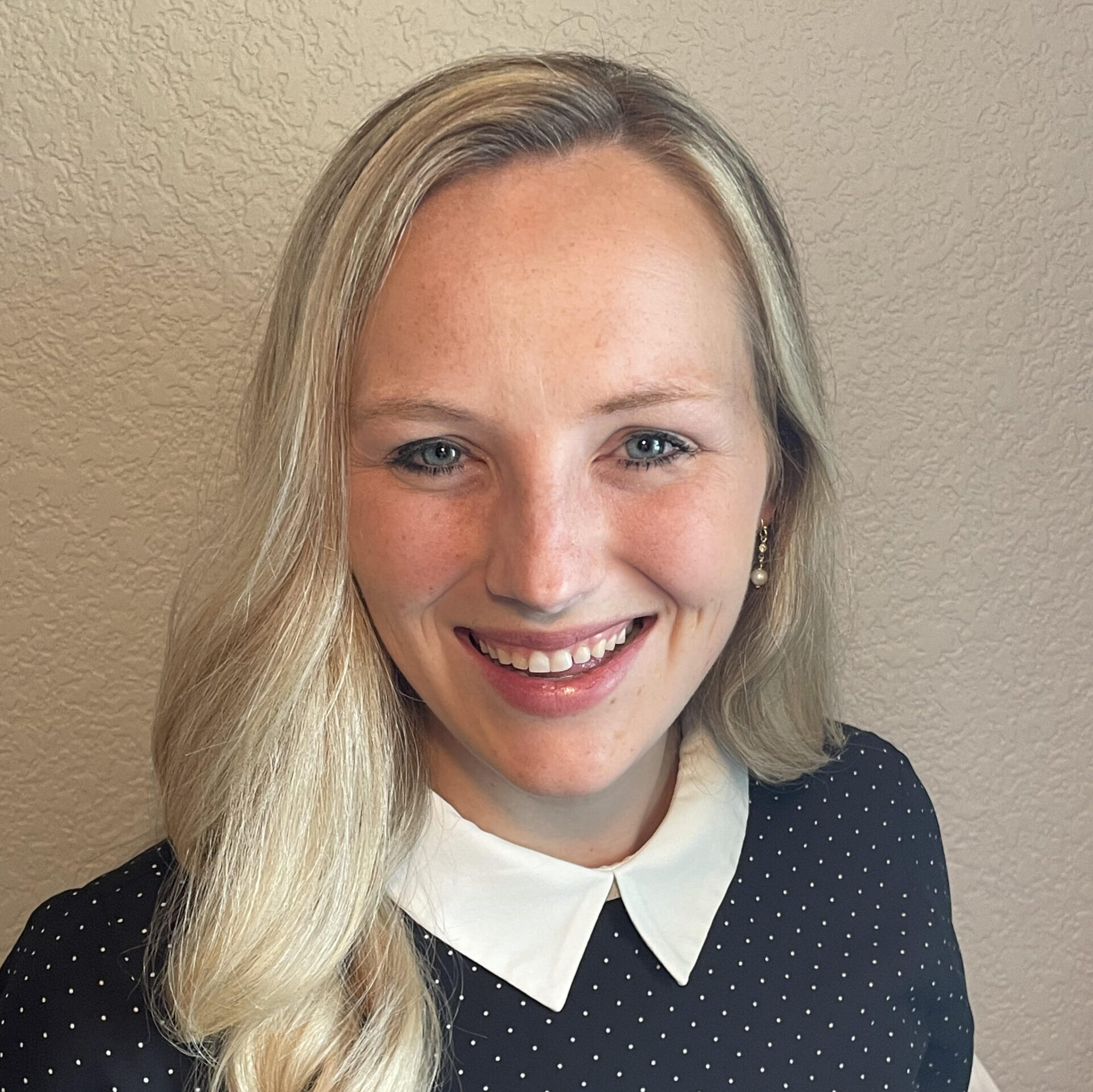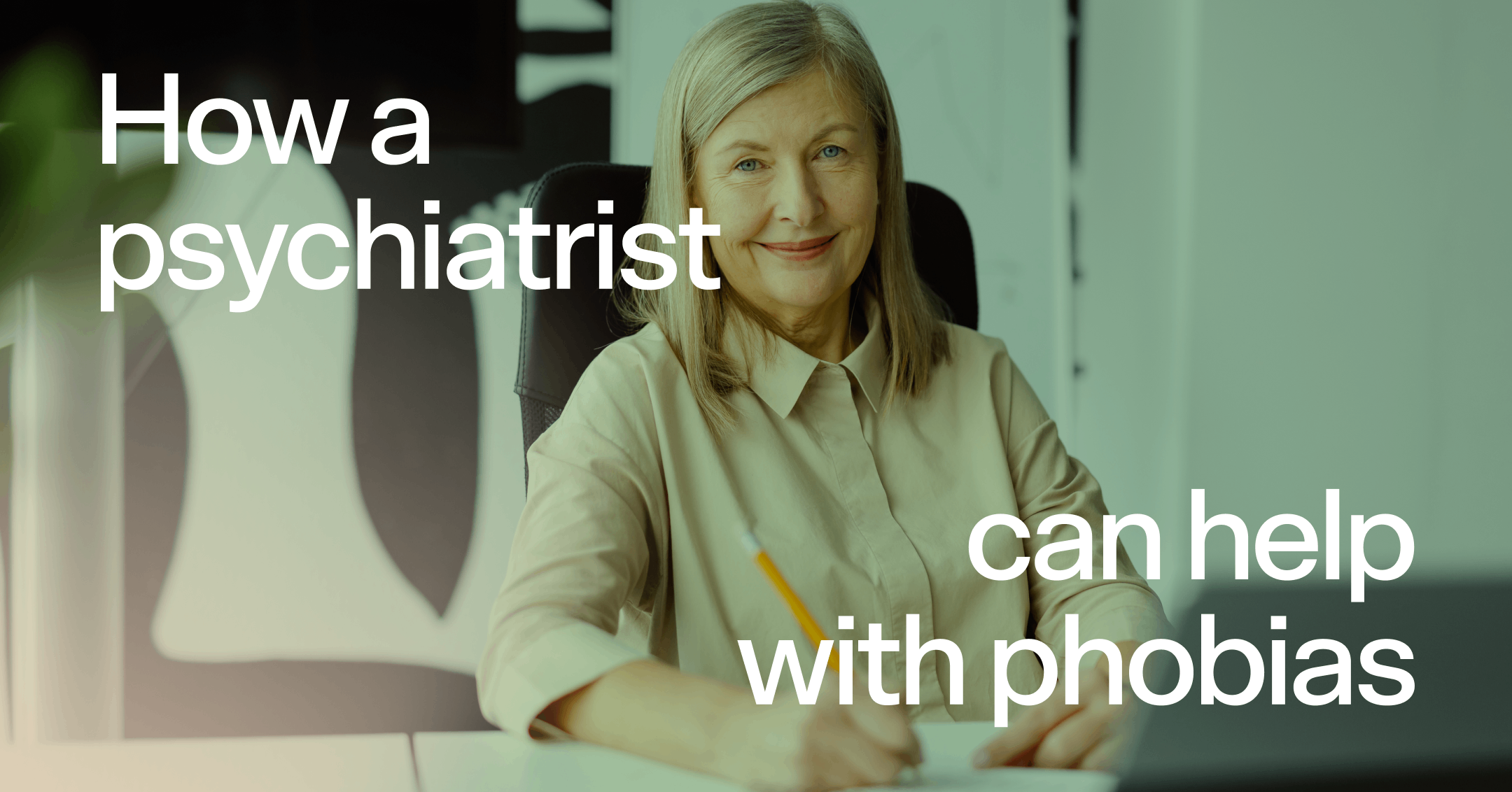Autism isn’t a learning disability. But autism and learning disabilities can share some characteristics.
The process for getting diagnosed with autism is separate from the process of getting diagnosed with a learning disability.
Certain learning disabilities are more likely to occur with autism.
If you’re autistic, you’re more likely to have a learning disability than the general public. In fact, around 30% of autistic people also have a learning disability. But being autistic doesn’t mean you’re bound to have a learning disability.
The signs of learning disabilities and autism can look similar, which means it can be tricky to recognize the differences between them. Empowering yourself with knowledge about autism and learning disabilities can help you get the support you deserve.
How can autism impact learning?
Autism isn’t classified as a learning disability, but it can affect learning. The two main ways that autism can affect the way a person learns are:
Executive functioning
Executive function can be a challenge for people with autism. In school, this might look like an autistic student who struggles to grasp abstract concepts, like metaphors or certain math concepts. They could also have trouble with an essay assignment that requires them to imagine and describe a utopian world.
Executive functioning also helps people pay attention and follow directions that include multiple steps. This skill can especially help when there are distractions, like in a chemistry lab that’s frequently interrupted by disruptive students. This doesn’t mean that autistic people can’t learn or master a chemistry experiment, for example. But it could be more difficult or require a change to more optimal conditions for some people.
Difficulty understanding communication norms
The way neurotypical people socialize can be unnatural or a burden for autistic people. For example, eye contact during a conversation or indirect communication is considered the default for most of society. These unspoken expectations can sometimes cause an autistic student to miss out on valuable learning in situations like group work or class discussions.
The care you need, when you need it
Learn how Rula can support your mental health journey
What’s the difference between a learning disorder and autism?
Generally, signs of autism emerge during the first two years of a child’s life. As a parent, observing your child might seem like just part of your job. If your child is autistic, these observations can also help your child receive an autism diagnosis.
If your child experiences certain signs to an extent that interferes with their ability to move through life, they may have autism. These signs include:
Experiencing persistent communication and relational difficulties
Having restricted interests
Engaging in repetitive behaviors (known as stimming)
But it’s not just on you to figure this out. A qualified health provider, like a doctor or psychologist, will observe your child before making a diagnosis. They might call their name to see how they react or notice if they engage in imaginative play, like playing with stuffed animals or interacting with an imaginary friend.
It’s also important to rule out any vision or hearing impairments that could explain autism signs. For this reason, a professional may test your child’s vision and hearing.
What kinds of therapies can support autistic people?
Several types of therapy can help an autistic person better function in a world created by and for neurotypical people. These approaches include:
Speech and language therapy: If your autistic child or loved one has difficulties with speech, this type of therapy can help them better understand speech and language.
Occupational therapy: Some autistic people require support to learn skills needed for independent living. Occupational therapy teaches skills like getting dressed, eating, bathing, and social skills.
Sensory integration therapy: Sometimes part of occupational therapy, this kind of therapy can teach autistic people how to better manage sensory triggers, like loud noises or bright lights.
Physical therapy: Occupational therapy can also include physical therapy, which involves improving physical skills, like moving different parts of the body.
How are children diagnosed with learning disabilities?
Noticing a learning disability can also hinge on careful observation, often done in school. There are two different ways for schools to test children for learning disabilities:
Response-to-intervention model: This model checks how students respond to different learning interventions. Then, the school notes which ones a child has difficulty with. Students’ progress is continuously monitored, and adjustments are made as needed. If a student doesn’t respond positively to the intervention, they may be diagnosed with a learning disability.
Severe discrepancy model: With this model, a qualified professional — usually a school psychologist — evaluates a child’s general abilities or IQ. Their results are compared to those of other kids their age, along with the child’s academic skills. If there’s a big difference between these scores, this could indicate the presence of a learning disability.
From my clinical experience, I’ve found that external factors play a huge role in how people with learning disabilities or autism manage their symptoms. This can be true when the client is a child, and parents and teachers have a huge amount of influence over their daily experience. And it can also be true for adults who are shaping their own supportive environment. For example, I have a client who benefits greatly from being able to work remotely in her quiet home with lower sensory stimuli.

Elise Miller, MA, LPC
Clinical reviewer
How are learning disabilities treated?
Treating a learning disability depends on the condition and the child’s unique needs. But, generally, treatment can include:
Special education: A child with a learning disability may benefit from this tailored and individualized teaching and support that, under most circumstances, takes place in the same classroom as kids without learning disabilities.
Speech and language therapy: Kids with learning disabilities might need speech and language therapy, just like autistic children. It can help them catch up or ensure that they don’t fall behind in areas like reading, talking, and writing.
Which learning disabilities are associated with autism?
Although anyone can have a learning disability, certain ones occur more frequently in people with autism. These include:
Dyscalculia
Certain learning disabilities, like dyscalculia, occur more frequently in autistic people. People with dyscalculia usually have trouble grasping math and number concepts, like that the number “4” is the same as the word “four.” Issues with counting, subtraction and addition, and recognizing basic patterns can also be signs of dyscalculia.
Dyslexia
Dyslexia and autism can also go hand in hand. Dyslexia affects the part of the brain that processes language used in skills like reading comprehension. Some people with dyslexia say it feels like words don’t stay in place on the page.
Autistic people with dyslexia may experience both communication barriers and trouble with social interactions. Often, autistic people don’t naturally conform to the social expectations of neurotypical people. When these two difficulties combine, it can mean that autistic people are unable to express themselves how they want to. This can greatly impact their relationships.
Dysgraphia
Dysgraphia is both a learning disability and a neurological condition that makes it hard for people to convert thoughts into writing. Adults usually notice it in children when they’re first learning to write. The condition commonly occurs alongside autism.
It can manifest in different ways because writing involves many different skills. For example, a person with dysgraphia may have trouble with spelling and have shaky or illegible handwriting, as the condition can affect motor skills (like holding a pencil steadily). Dysgraphia is common, with up to 10% of people experiencing it.
Supportive strategies for autism and learning disabilities
Managing co-occurring autism and a learning disability can take practice. Here are some helpful strategies:
Maintain a regular routine and schedule. Autistic people can feel supported by consistency in their routines and daily schedules.
Use visual aids. Visual aids and images can help with instruction, as traditional communication can be difficult for some autistic people.
Create a supportive environment. Strategies like positive reinforcement can help autistic people who also have learning disabilities thrive.
Remove sensory triggers or add sensory aids, when possible. It’s common for many autistic people to be over or underwhelmed by certain sensory input, like certain textures or sounds.
Find care with Rula
If you’re autistic and also have a learning disability, it’s completely fair to feel like the world isn’t designed with your needs in mind. But support is available for people with experiences like yours, and you don’t have to wait to access support.
With Rula, you can meet with a therapist via live video as soon as tomorrow. With our therapist-matching program, you can find a provider who takes your insurance and schedule your first appointment in just a few clicks.
Rula's editorial process
Rula's editorial team is on a mission to make science-backed mental health insights accessible and practical for every person seeking to better understand or improve mental wellness.
Members of Rula’s clinical leadership team and other expert providers contribute to all published content, offering guidance on themes and insights based on their firsthand experience in the field. Every piece of content is thoroughly reviewed by a clinician before publishing.




